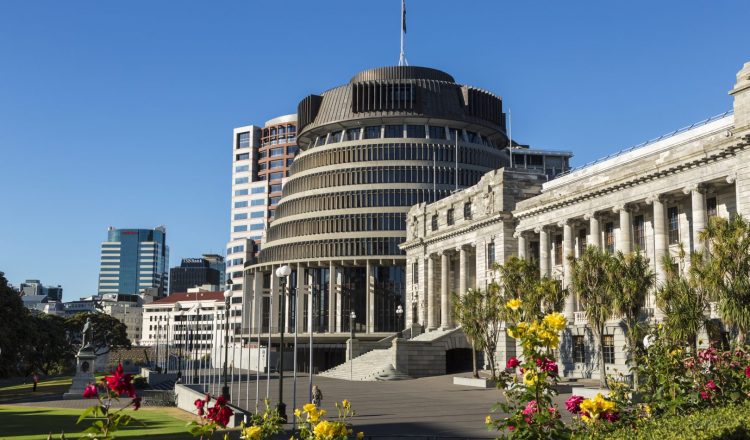Bỏ phiếu
Tổng tuyển cử xảy ra ba năm một lần. Họ có thể được tổ chức sớm hơn theo quyết định của thủ tướng, nhưng nó chỉ thường xảy ra khi họ đã nhận được một cuộc bỏ phiếu bất tín nhiệm. Một cuộc bầu cử phụ được tổ chức để lấp chỗ trống trong nhiệm kỳ quốc hội. Cuộc tổng tuyển cử tiếp theo sẽ diễn ra vào năm 2023.
Bạn đủ điều kiện đăng ký và bỏ phiếu ở New Zealand nếu bạn từ 18 tuổi trở lên, là công dân New Zealand hoặc thường trú và đã sống ở New Zealand liên tục trong 12 tháng trở lên tại một số điểm trong cuộc sống của bạn.
Bỏ phiếu cho phép bạn quyết định cách hoạt động của New Zealand. Các nghị sĩ mà bạn chọn để bỏ phiếu sẽ giúp đưa ra những quyết định lớn về các vấn đề quan trọng đối với bạn. Bằng cách bỏ phiếu, bạn đang hỗ trợ ứng cử viên sẽ làm tốt nhất cho bạn và các vấn đề mà bạn đang quan tâm. Bỏ phiếu là một cơ hội để thay đổi cách thức điều hành đất nước. Nếu bạn không bỏ phiếu, thì bạn sẽ không có bất kỳ lời nói nào về việc ai ra quyết định và những người bạn không muốn nắm quyền có thể giành chiến thắng trong kì bỏ phiếu đó.
Để đăng ký hoặc cập nhật thông tin đăng ký của bạn, bạn có thể truy cập trang web của chính phủ: www.vote.nz/đăng ký /enrol-or-update/enrol-or-update-online. Trước bất kì cuộc bầu cử nào, chính phủ sẽ gửi cho bạn một lá thư xác nhận đủ điều kiện để bỏ phiếu và cung cấp cho bạn một thẻ EasyVote, dịch vụ chăm sóc EasyVote là duy nhất đối với bạn.
Khi bạn đến để bỏ phiếu sẽ có những người ở đó để giúp đỡ, có thể hướng dẫn bạn nếu bạn có bất kỳ câu hỏi nào. Khi đến lượt bạn, hãy đến với người phát hành giấy bỏ phiếu và cho họ thấy thẻ EasyVote của bạn và nói tên của bạn. Họ sẽ tìm thấy tên của bạn trên danh sách cử tri và cung cấp cho bạn giấy tờ bầu cử của bạn. Bạn sẽ chỉ nhận được một giấy bỏ phiếu cho cuộc bầu cử. Nếu bạn không có thẻ EasyVote của bạn, họ sẽ hỏi tên và địa chỉ của bạn. Có thể mất nhiều thời gian để tìm bạn. Sau khi bạn có giấy bỏ phiếu của mình, bạn đi tới phía sau một màn hình bỏ phiếu, nơi bạn có thể bỏ phiếu riêng tư.

















































